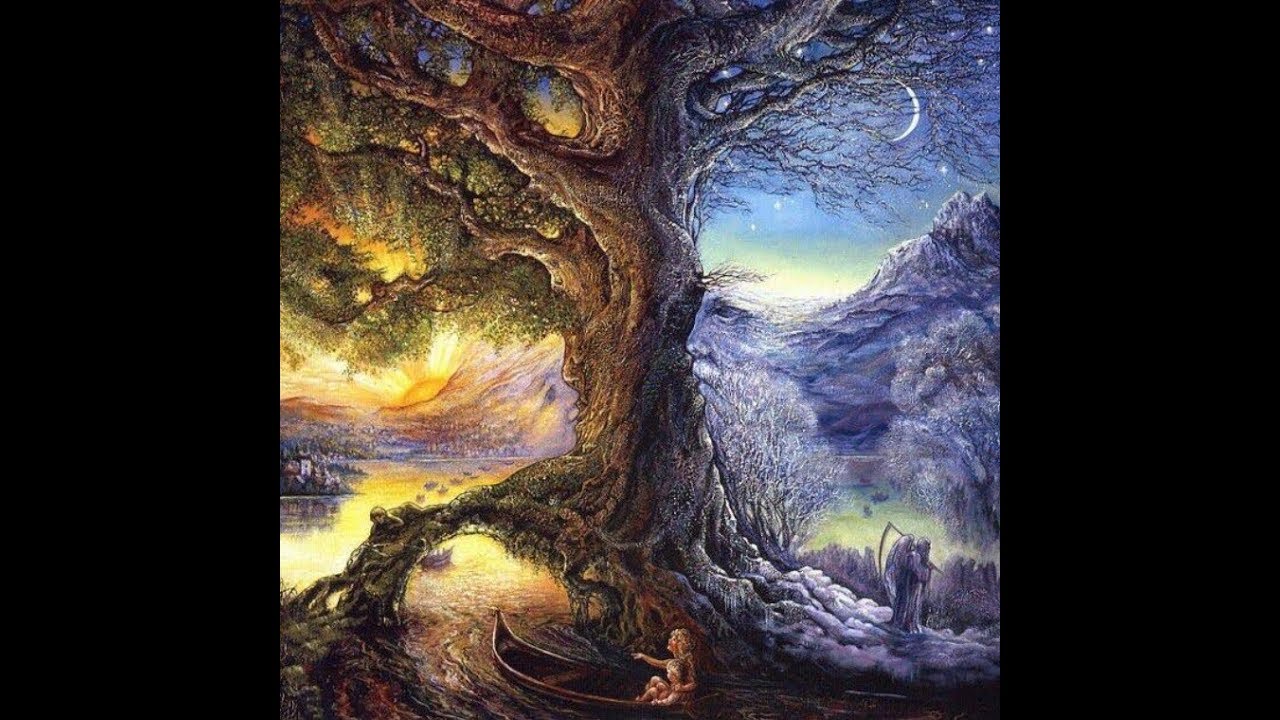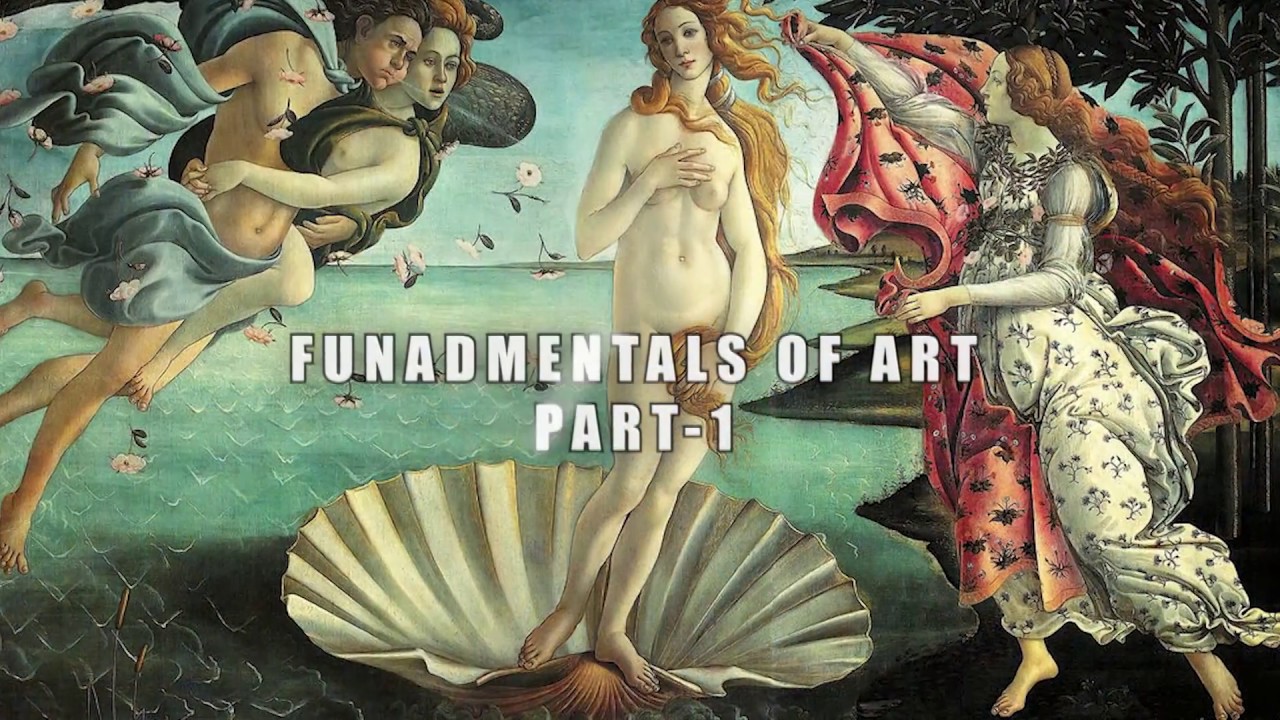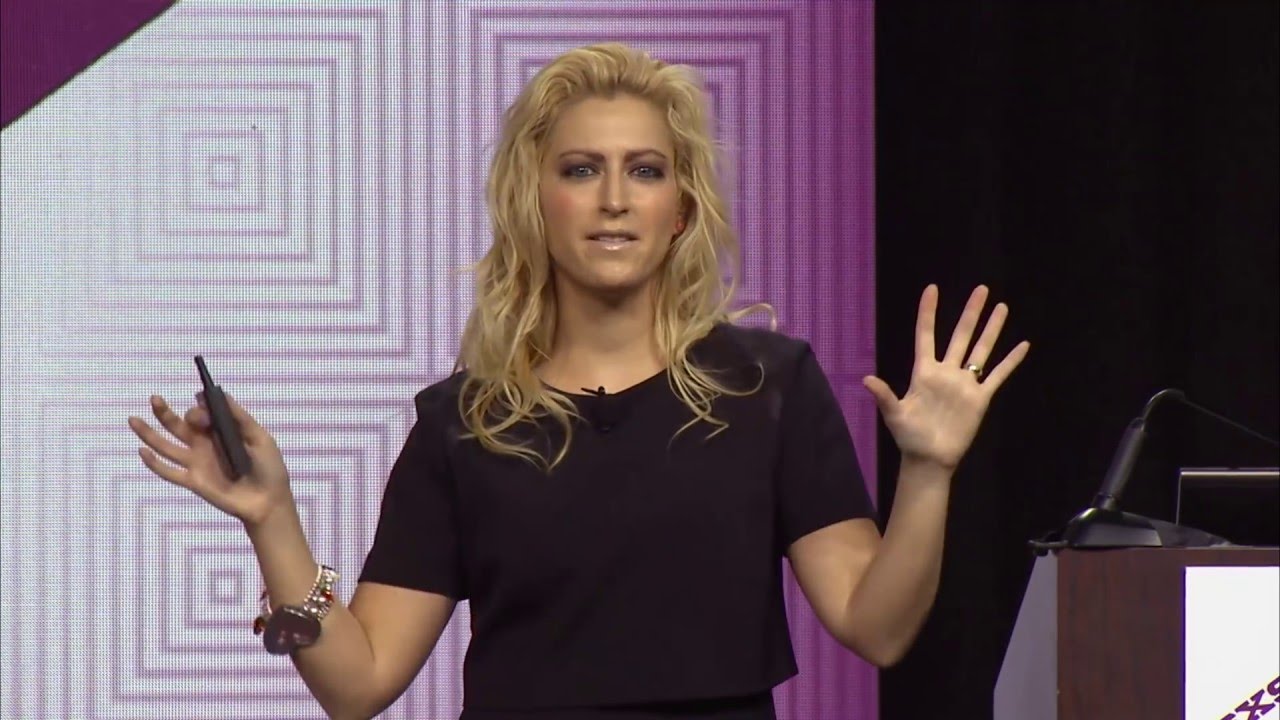Richard Southwell
In this video we introduce the idea of duality, and the notion of the opposite category. We define the initial object of a category, and show that it can be viewed as the empty set, within the category of sets. We also introduce the idea of the coproduct and show that it corresponds to the discriminated union, within the category of sets. We also show how the Cartesian product can be viewed as a functor in the category of sets. More generally, we show that the categorical product can be viewed as a functor, when the categorical product of each pair of objects is defined. This also gives us a notion of the categorical product of a pair of arrows.
Source
Category Theory For Beginners: Duality And Functors




Functions have goals, targets, objectives or intentions, teleology, morphisms.
Teleological physics is dual to non-teleological physics.
Randomness (entropy) is dual to order (syntropy)
Projections = predictions, anticipations, expectations, thesis, hypothesis or prophecy.
The future is dual to the past. Observers predict or project the future and remember the past, time duality, time asymmetry. Time is dual, space is dual and time is dual to space — Einstein
The subjective is dual to the objective, the relative is dual to the absolute, dependence is dual to independence.
Complexity is subjective it is dependent upon the observer's perspective, simplicity is objective it is independent of the observer's perspective.
Complexity is dual to simplicity –> Syntropy is dual to increasing entropy.
Certainty is dual to uncertainty, the Heisenberg certainty/uncertainty principle
The observer is dual to the observed. Points, singularities or objects in Category theory are inherently dual they can only be defined with reference to or in terms of other points, singularities, objects. Generalization is dual to localization. Duality creates reality.
"Perpendicularity in hyperbolic geometry is measured in terms of duality"
Energy is dual to mass — Einstein
Dark energy is dual to dark matter
Syntropy is dual to increasing entropy — The 4th law of thermodynamics
Syntropy is the integration, convergence or reunion of information to form predictions, expectations or priors.
Entropy is the differentiation, divergence or splitting of information into new states.
Integration is dual to differentiation, divergence is dual to convergence
Gravitation is equivalent or dual to acceleration — Einstein's happiest thought
Potential energy is dual to kinetic energy, energy is inherently dual.
Duality is energy, energy is duality and duality is being conserved — The 5th law of thermodynamics.
Thank you for the another brilliant lecture!
The next video `Category Theory For Beginners: Universal Properties' is scheduled to become public on June 8. Then `Category Theory For Beginners: Natural Transformations' will become public on June 12.